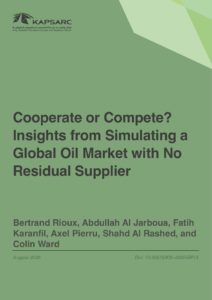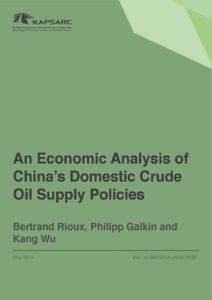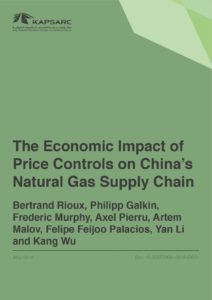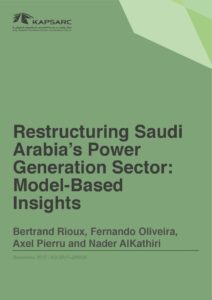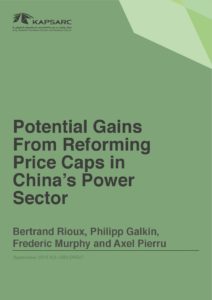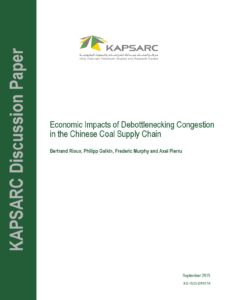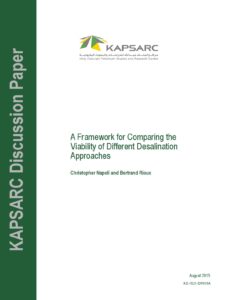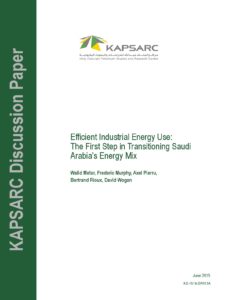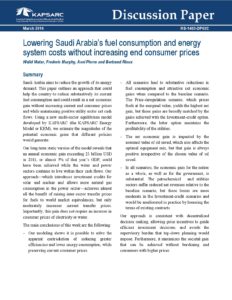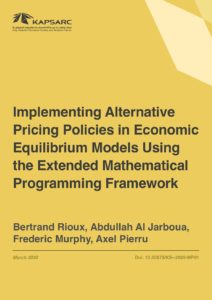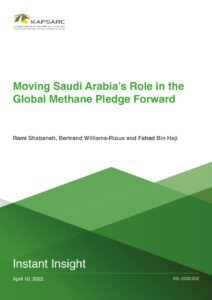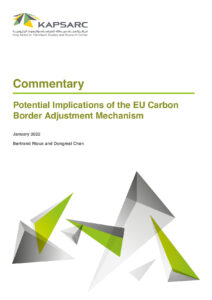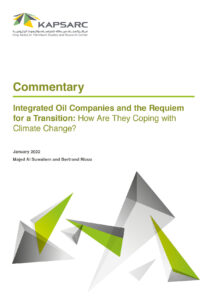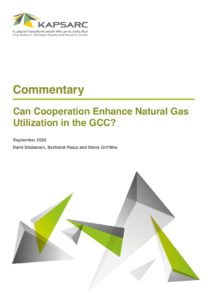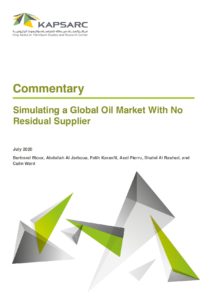Bertrand is a research fellow focusing on the impact of market regulation and liberalization in energy markets. An experienced energy systems model developer (linear optimization and mixed complementary problems), he is working on developing the KAPSARC Energy Model (KEM) as a decision support tool for analyzing price regulation in energy economies. Bertrand has contributed to the development of KEM Saudi Arabia and is the lead developer of KEM China, studying the impact of government regulation in the coal, power and natural gas markets. He was previously employed as a research assistant at the Canadian Space Agency.
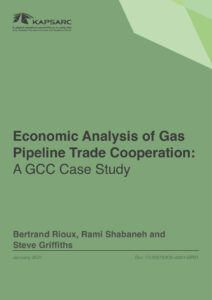
Economic Analysis of Gas Pipeline Trade Cooperation: A GCC case study
Natural gas development across the member states of the Gulf Cooperation Council (GCC) — including Saudi Arabia, the United Arab Emirates (UAE), Qatar, Kuwait, Oman and Bahrain —has become a priority for achieving long-term energy security and for supporting economic diversification initiatives (Shabaneh et al. 2020).
23rd March 2021
